Libraries are the place with amazing collections to satisfy the thirst for reading if you are a Bibliophile. Most book lovers fantasy is to read a book in a nook of a beautiful library.
Table of Contents
Libraries are a treasure trove of knowledge, of learning, heaven for book lovers, for people who prefer solitude and silence, and what better way to fill those moments other than with stories, culture, and history? If you want to finish your assignments or catch up with your work, visit your local library - pick your spot, sit down, and get busy. We have listed the top 10 libraries in India.
10 Must-Visit Libraries in India
The library is where the determination will be accompanied by silence and admiration of the people around and the establishment itself. Not only will your hard work be rewarded with the completion of your work, but also the library will be grateful for your patronage. Unfortunately, even with the internet and the proliferation of tablets and 'Kindles,' visiting libraries that are few and far between are choices that one won't regret.
Here is a list of 10 excellent libraries in India that you could visit if reading fervour should ever grip you.
- Delhi Public Library, New Delhi
- Parliament Library of India, New Delhi
- The National Library, Kolkata
- Raza Library, Rampur
- Asiatic Society of Mumbai
- State Central Library, Hyderabad
- Anna Centenary Library, Chennai
- Connemara Public Library, Chennai
- Sarasvati Mahal Library, Thanjavur
- Krishnadas Shama State Central Library, Goa
Delhi Public Library, New Delhi
The Delhi Public Library is the culmination of efforts between UNESCO and the Government of India. Prime Minister Jawaharlal Nehru inaugurated the library on the 27th of October 1951. Initially started as an experiment, the library is now a permanent depository center, with a conscious effort at making and keeping it people-centric in outlook.
The Delhi Public Library may be the most dynamic one on this list. It has a gym, a separate children's section, and a study room. The library is committed to increasing its area of mobile library coverage under its 'Ghar Ghar Dastak, Ghar Ghar Pustak' initiative. It also contributes to the local business/community by supporting programmes like 'Chai-brary' (that's chai + library, had me confused at first).
Objectives of Delhi Public Library
The library's main objective is to provide free information and access to books, manuscripts, articles, etc., enable learning and circulation of news and knowledge, spread awareness and cultivate a genuine interest in academics.
Facilities of Delhi Public Library
The facilities of Delhi Public Library are,
- The Delhi Public Library is like an association in itself, with 36 branches under its wing.
- It caters to women and elderly needs/requirements separately and extends special services to the visually impaired.
- The library has private cubicles, equipped with reference books and question banks, which are updated regularly, mostly utilized by students preparing for competitive examinations.
- Its collection also includes newspaper archives, periodicals, DVD collections on education and environmental issues, memorabilia, a collection of vintage photographs, etc.
- The online repository boasts a total of 7 Lakh e-books.
Parliament Library of India, New Delhi
The inclusion of the Parliament Library of India promotes awareness and patriotic sentiments (intentions were to reinforce positively). The library does not have a vast collection of books or articles, nor does it provide additional facilities, but it sits next to the Parliament house, and people should know about it. The library symbolizes knowledge.
Structure of Parliament Library of India
The style of architecture is Indian, but it does not heavily draw inspiration from history, nor does it seek to imitate traditional forms. The style is rather modern, Beaux-Arts Style of architecture to be exact, characterized by symmetry and order with an air of splendor and extravagance. Huge courtyards were intentionally included in the design to dissipate heat (owing to the temperatures in Delhi) and to procure a healthy, dust-free environment.
The architect, Mr. Raj Rewal, says he drew inspiration from the relationship between a king and a guru. A guru neither submits to nor undermines a king's authority - he lives free of any obligation and conformity.
After independence, to strengthen the information base in India, the government started to furnish libraries with more books and arranged to exchange information among various institutions and organizations both at home and abroad. Soon the library started to operate as an intelligence bank for the UN and its allied nations, receiving government publications from the USA and command papers of the UK.
The National Library, Kolkata
The National Library is the largest (in volume) in India, with over 22 Crore books in its collection. An architectural beauty whose former occupants were the Viceroy of India converted into a library since independence. The National Library in Kolkata today results from a merger between two libraries, The Imperial Library and The Calcutta Public Library. These two libraries hold the repository of books, and Lord Curzon saw it fit to merge the two into one library to serve as a place of reference for scholars and historians.
Lord Curzon inaugurated the library on the 30th of January 1930.
The library is one of the permanent depositories in India, which means that the library receives a copy of any book, articles, periodicals, etc., published in India or elsewhere. The library provides a host of services to its users. Users can borrow books (against security deposit); it acts as a centre for international lending and borrowing of books; the library also comes equipped with internet and photocopy services. The library staff also bask in the decadence of the structure 'Magnifique'; the library is kept open 362 days a year. Efforts have been made to digitize the library fully.
The National Library Collections
All 25,000 books of the National Library and 7,000 academic researches and journals have been converted. They are available for public use, and the digital collection also includes 2 Crore 70 Lakh discourses and thesis with 7,000 additions made every year from leading academic institutions. The library has acquired two major e-book archives, adding over 2 Lakh books to its online repository. Apart from the enormous collection of books, the library is also rich in ghost stories and is famous for paranormal activities.
Raza Library, Rampur
The library initially started as Nawab Faizullah Khan's 'Toshkhana,' where he kept collecting books. It is on the list of Famous libraries in India. Established in the concluding years of the 18th century, the library has grown since. Though the library had humble beginnings, the Nawabs of Rampur (even after Nawab Faizullah) were great patrons of literature, art, and poetry, which greatly facilitated its growth. Mentionable inclusions were made during Nawab Ahmed Ali Khan's reign.
Raza Library Collections
Today, the library houses valuable manuscripts, historical documents, samples of Islamic calligraphy, miniature paintings, astronomical instruments, and rare illustrated works in Arabic, Persian, Sanskrit, Hindi, Urdu, Pashto, and a collection of over 60,000 printed books.
Nawab Mohammad Saeed Khan decreed the organization of the growing collection of books and manuscripts into a library. He employed Agha Yusuf Ali Maulvi, an Afghan scholar, to do the same. The state saw a significant influx of writers, poets, and scholars, which induced the rise in the volume of the library's collection.
After independence, the State of Rampur was integrated into the Union of India. The maintenance & ownership of the library were transferred to the Indian government. A trust was established which operated and controlled the library till 1975. Professor S. Nurul Hasan (Education and Scientific Research Minister) visited the library to oversee the administration and conservation efforts. He made managerial changes and financial donations for the upliftment of the library, which the establishment was in dire need of.
Architecture of Raza Library
Today the library holds the position of an autonomous institution of national importance under the Department of Culture and is entirely funded by the Government of India. The Raza Library is the most beautiful one on this list. The structure is that of a palace complete with domes, minarets, gardens, marble floors, wide doors, and windows, etc. are designed by W. C. Wright. The architecture is a mixture of Islamic, Hindu, and Victorian influences, which was the time trend.
Asiatic Society of Mumbai
The Asiatic Society in Mumbai is not just a library. It encompasses other institutions like the Geographical Society (1873) and the Anthropology Society of Bombay (1896), who chose to consolidate themselves into one section in the respective years. Founded by Sir James Mackintosh and formerly known by the name of 'Literary Society Of Bombay,' it convened for the first time in 1804. Its association with the 'Royal Asiatic Society of Britain and Ireland' influenced its name change, which came to be known as the Bombay Branch of the Royal Asiatic Society. After independence, the library was renamed to 'Asiatic Society of Bombay' and later Mumbai.
Architecture of Asiatic Society of Mumbai
The library has the same appeal, architecturally, as that of the other structures erected during British rule. It offers a vast garden, fort-like forms and shapes, large decorated windows, a grand flight of steps, an air of superiority, cultural influence, and much more.
Asiatic Society of Mumbai Collections
The library repository includes 1 Lakh books, out of which 15,000 have been classified as rare, 3,000 manuscripts written in Persian, Sanskrit, and Prakrit, few manuscripts written on palm leaves, and 1300 maps in total. The total number of books and periodicals under the library's holding is estimated to be over 2.40 Lakh.
Most of the books in the library contain books in English, other European languages, and indigenous languages. The library has an extensive collection of coins - 11,829 in total from Kumaragupta I, Shivaji I, and Mohur of Akbar.
Other significant artefacts in its collection include an original copy of Dante's 'Divine Comedy,' the manuscript of 'Vasupujyacharitra' (1242), the manuscript of 'Shahnama of Firdausi' (1853), etc. The library has its journal called the 'Journal of the Asiatic Society of Mumbai', whose publication can be dated back to 1841.
State Central Library, Hyderabad
The main reason for the inclusion of this library is to highlight the neglect and abuse libraries face throughout India. The library initially formed Nizam Syed Hussain Bilgrami's collection, who employed an engineer to have a structure built to store his books. Nawab Imadul Mulk Bahadur made a sizable contribution (in terms of books) to the library. The construction was completed in the 1930s. Architecturally, the vision was for the library to resemble the appearance of an open book and is built along the bank of river Musi.
State Central Library Collections
The library houses 5 Lakh books in its repository, out of which only 36,000 rare books have been digitized. The staff members are working to improve on that number to encourage education, learning, and reading. The library does provide necessary facilities and retains the charm of an old library which some enthusiasts may find appealing.
The library is also not void of resources, and several valuable manuscripts can be found in the storage labyrinth. Some of them include documents on King George V's coronation ceremony, memoirs of famous generals, Raphael's paintings in picture books, a five-foot-long map depicting Nizam's domain, etc. The first book obtained by the library was the Quran; rare works in Urdu, Marathi, Bengali, Telugu, Hindi can also be found. Some of their regular visitors include journalists, historians, and scholars.
Anna Centenary Library, Chennai
Anna University costs INR 172 crores to build the structure. The figure is absurdly high for a library threatened with closure by conversion into a hospital. The administration and the political agendas of parties often conflict, leading to the use of the library facilities for wedding receptions and other such activities with no correlation to the library or its functioning. The proposal to convert the library into a children's hospital was met with an outcry from scholars, writers, educationists, etc.
Anna Centenary Library Collections
The library employs a large workforce, 96 professional librarians, and over 100 people are engaged in housekeeping, security, and maintenance. The rooms are air-conditioned with couches beside large windows overlooking the scenery. The lighting conditions are excellent, and the rooms are spacious with accommodating shelves; each room also comes equipped with a seating and writing space.
The library placed an order for 35,174 books with the Cambridge University Press. The purchase amounted to £ 1.275 million, making it the biggest sale in Cambridge University Press' history.
Though the library does not lend books, the arsenal is kept heavily stocked with 1500 books and 1080 audiobooks for the visually impaired reader. The children's sections contain 60,000 books, including encyclopedias, books on numbers, moral science, nursery rhymes, etc. More than 2000 e-books on varying subjects can also be found. The library has a subscription to all leading periodicals and newspapers in the country and 500 national and international magazines.
The Tamil section of the library claims to house 1,00,000 books - the information is not entirely accurate. Though 1,00,000 books are available, the library has 25,000 titles with four copies of a title each. The English section is the most extensive, with over 4.5 lakh books. Books from leading authors and major publication houses can be found here. Other sections include regional languages, history, geography, engineering, zoology, religion, economics, etc. This library is one of the four national depository libraries in India.
Connemara Public Library, Chennai
The Connemara Public Library is one of the four permanent depository libraries in India. It also functions as the depository library for the UN. The province of Madras required a public library, and Lord Connemara took up the cause to build one. In 1890, he laid the groundwork, and in 1896, the construction was completed; after he departed from the post of Governor.
The library retained his name to honour his service. Under Captain Jesse Mitchell in the 1860s, the Madras Museum had a small, dedicated section for books that functioned as a library. The excesses (of books) from Haileybury College were handed over to the Madras Museum, who deemed it fit to transfer the same to the small library. The surplus of books coupled with the necessity for a public library led to its beginning.
Features of Connemara Public Library
The library is a part of a pantheon of buildings, and each depicts a different architectural style, from Indo - Saracenic and Gothic to Byzantine, Rajput, Mughal, and Dravidian. In 1973, a three-story building was installed as part of the library. The new building came into existence to accommodate modern facilities like the Braille section, the children's section, xerox & photocopy, reference rooms, periodicals, video room, and a whole floor dedicated to Indian languages.
The original library is as aesthetically pleasing on the inside as it is on the outside. The vast, stained glass windows and intricate wood carvings bear witness to the brilliance of British elegance and decor. The library houses 6,00,000 books. Some of its notable possessions include 'The Bible' (1608), 'Anthony and Cleopatra' in German, and 'An Account Of The Trade In India' by Charles Lockyer. The library keeps several editions of a book to facilitate their readers. In addition, if the readers so require, the library can secure older publications of the same book from their repository.
Sarasvati Mahal Library, Thanjavur
The Thanjavur Maharaja Serfoji Sarasvati Library in Thanjavur is one of the oldest libraries in Asia. Though the exact founding date is unknown, it came into existence during the Nayak Kings of Thanjavur's rule between 1535 - 1675 AD. The Marathas conquered Thanjavur in 1675, but they encouraged and supported the local culture. Sarfoji II (1798 - 1832) was the Maratha king of Thanjavur, a scholar, a man of learning, a passionate linguist.
His love for books and knowledge may have prompted him to care and affection towards the library. He appointed 'pundits' to enrich the library's inventory; they obtained many books from every centre of Sanskrit, learning of the reputation for the library and several books in other languages and differing ethnicity.
The library houses a small museum displaying a part of its collection of Palm leaf manuscripts, wood carvings & paintings, atlases of Thanjavur of old, etc. The museum aims to highlight the importance of museums and their efforts to preserve and conserve history.
Sarasvati Mahal Library Collections
The library holds 60,000 manuscripts, out of which 39,300 are in Sanskrit. Most of the Telugu manuscripts under its holding are on palm leaves. In addition, 3076 Marathi manuscripts, 22 Persian manuscripts, Urdu manuscripts, 1342 volumes of records of Maratha Raj, over 4500 titles in literature, medicine, and other fields can also be found. Because Thanjavur was under Maratha occupancy for almost two centuries, most documents depict Maratha politics, cultural assimilation & difference, and administration - social & political, under the Maratha Empire.
Under Smt Indira Gandhi's reign as the Information and Broadcasting Minister, the library received funds from the government to digitize and catalogue some valuable manuscripts. Since then, no such efforts have been undertaken, though the 'library activities' have been computerized (they added computers in 1998). The library was nominated as the 'Manuscript Conservation Centre' in 2003.
Krishnadas Shama State Central Library, Goa
The Krishnadas Shama State Central Library in Goa is the oldest public library in India, dating back to the 15th of September 1832. The Portuguese Viceroy Dom Manuel Portugal e Castro started the library as a public institution under Military Training Institute. Since then, the library's name has changed many times (and always in Portuguese), but eventually, the name agreed upon was that of a 16th-century author from Goa - Krishnadas Shama, remembered for his work 'Krishna Charitrakatha.' In the early to mid-1800s, Goa was in turmoil.
The government chose to persecute and subjugate religious institutions other than Christianity. On the grounds of said conquest, many books, manuscripts, scriptures, etc., from these religious institutions found their way into the public library, which saw a tremendous rise in its literary volume. Before 1961 (Independence of Goa), the library's collection mainly included books, manuscripts, journals, etc., written in Portuguese, French, English, and a few materials written in the local language. Since then, written works in other languages and different ethnic backgrounds have also been included.
Krishnadas Shama State Central Library Collections
The library retains a copy of the oldest book ever published in India. All the books which are a part of its 'Rare Books Section' have been digitized and are available in digital form only. The library has 1,80,000 books and 15,00,000 pages from rare books in its repository, and the library functions as the depository library of the state. The students have access to reference sources and study material which come in handy while preparing for competitive examinations.
The library has a dedicated staff who ensures quality and that the establishment is cared for; visitors must remove their shoes before entry! The library has been digitized and is the only one to have implemented RFID technology. Now, what that means is the books are fitted with 'smart tags' which relay information and facilitate tracking, hence curtailing thievery (should one experience a lapse in judgment). The library is filled with modern art inspired by (and paying homage to) the late Mario Miranda - cartoonist and painter from Goa.

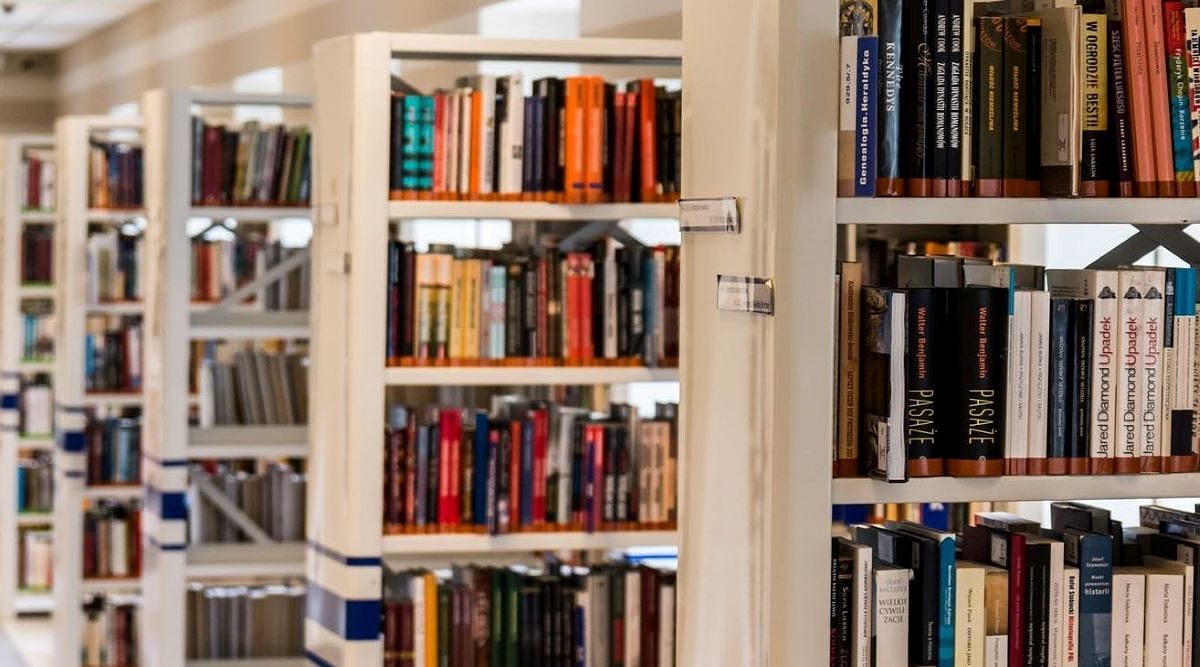
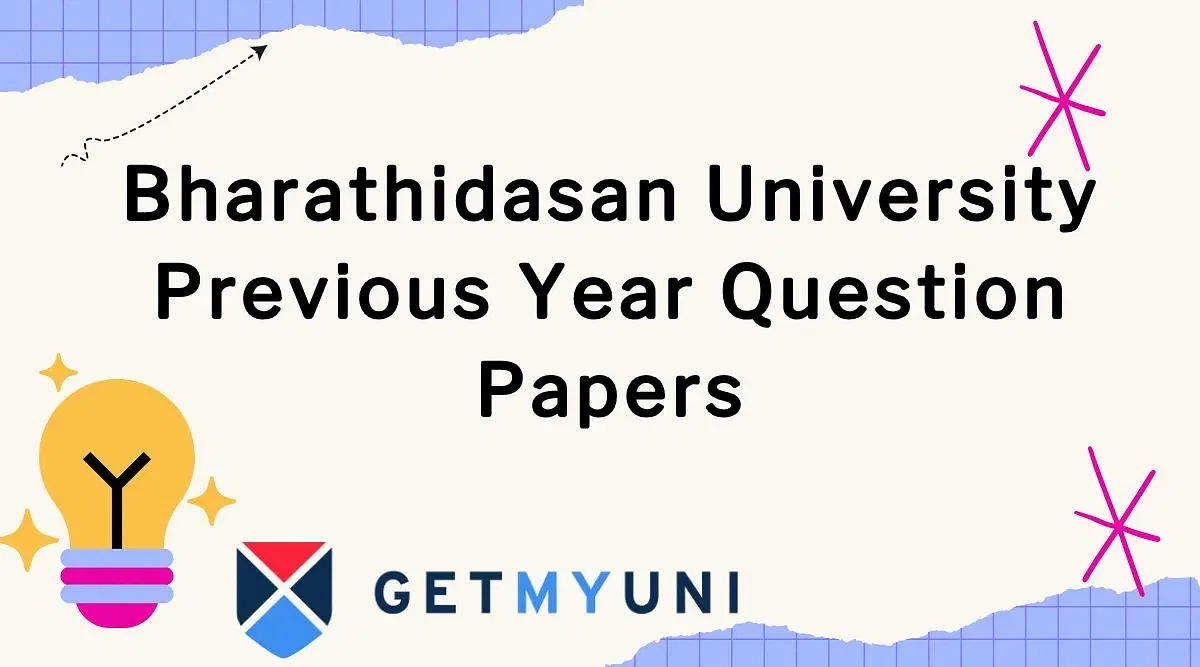
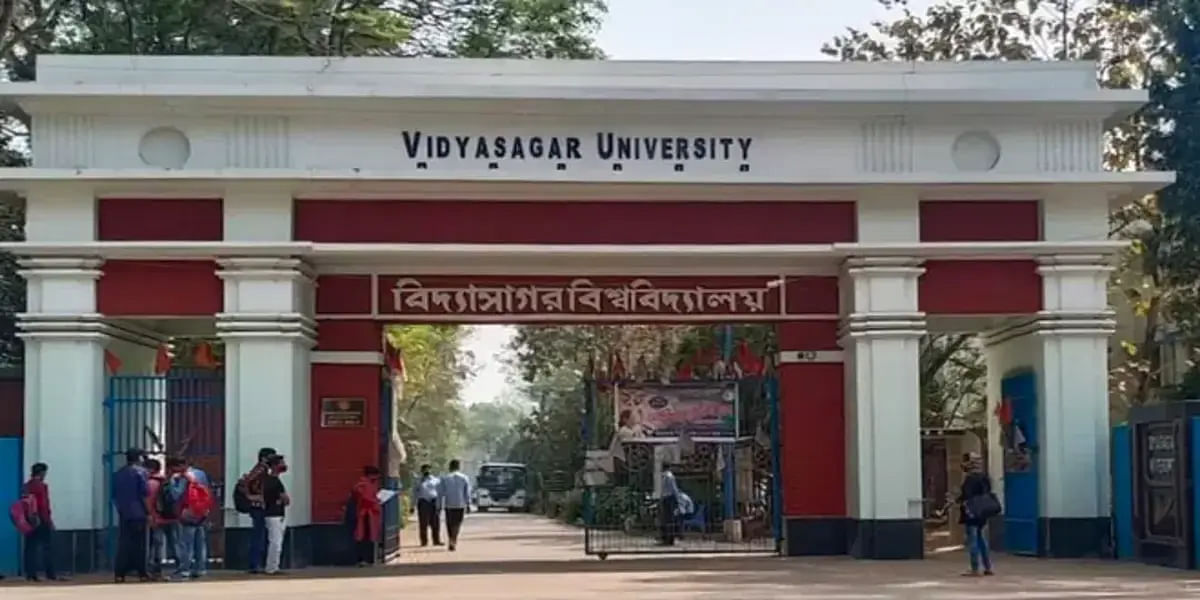



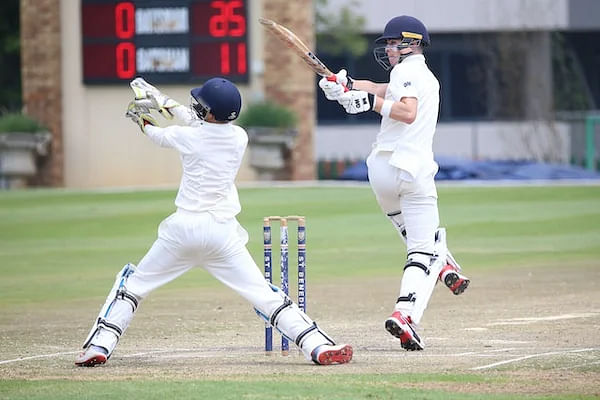
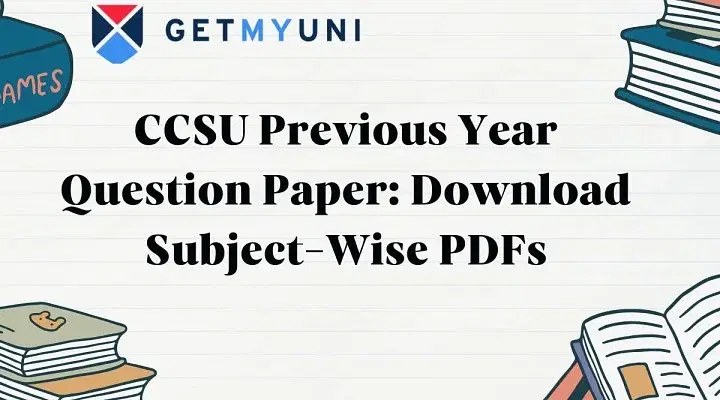
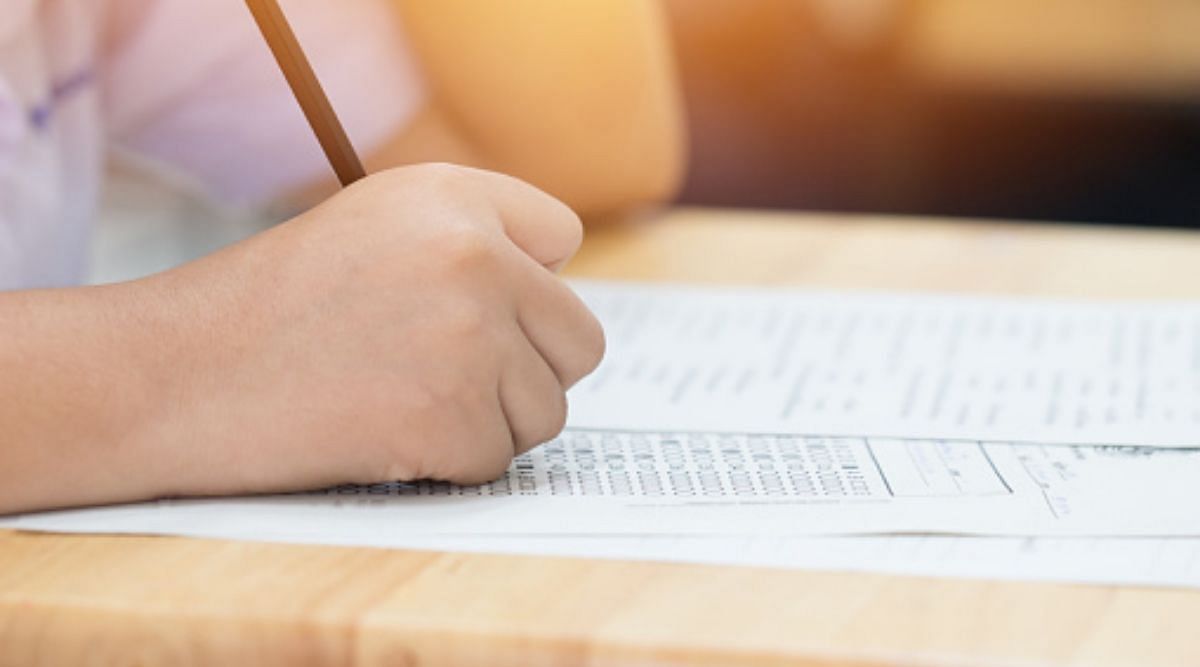
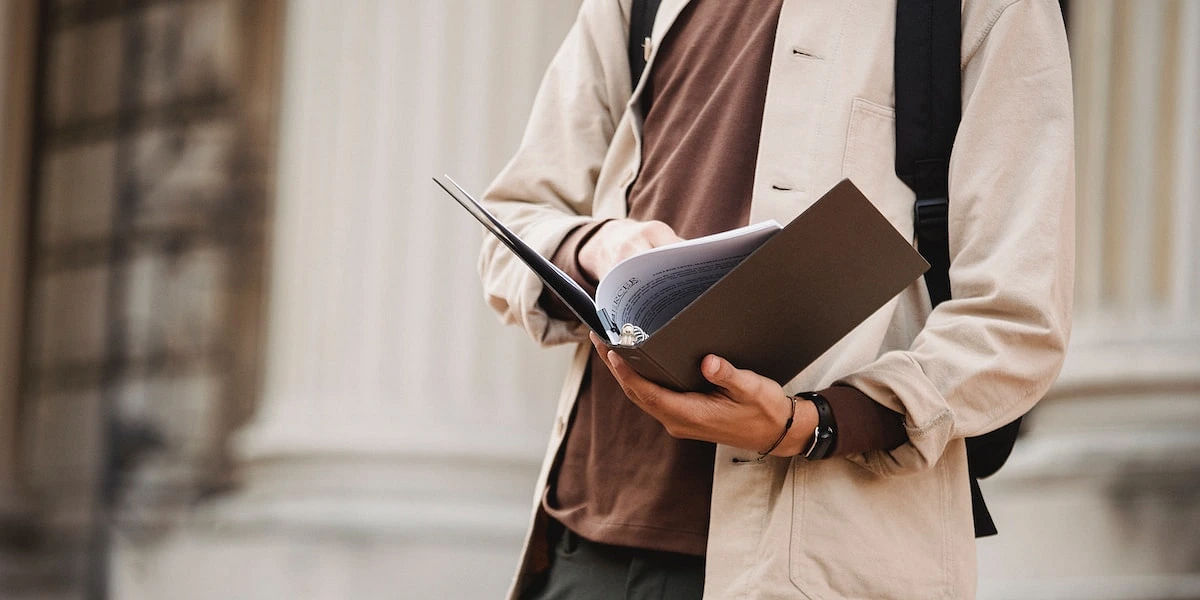

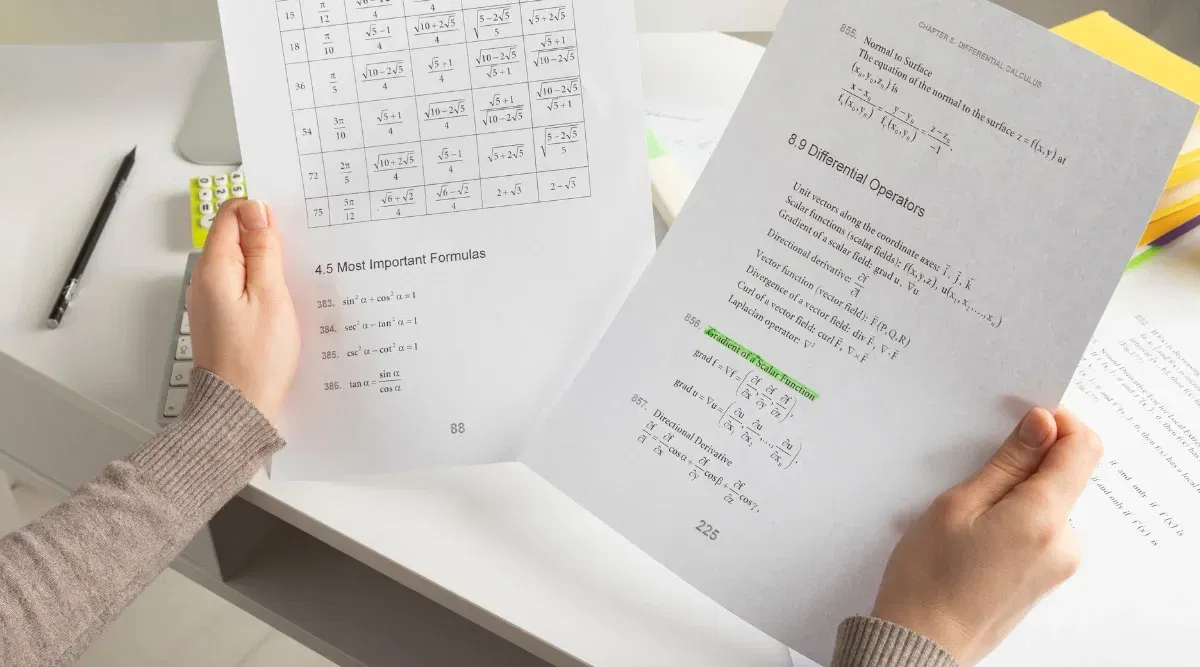
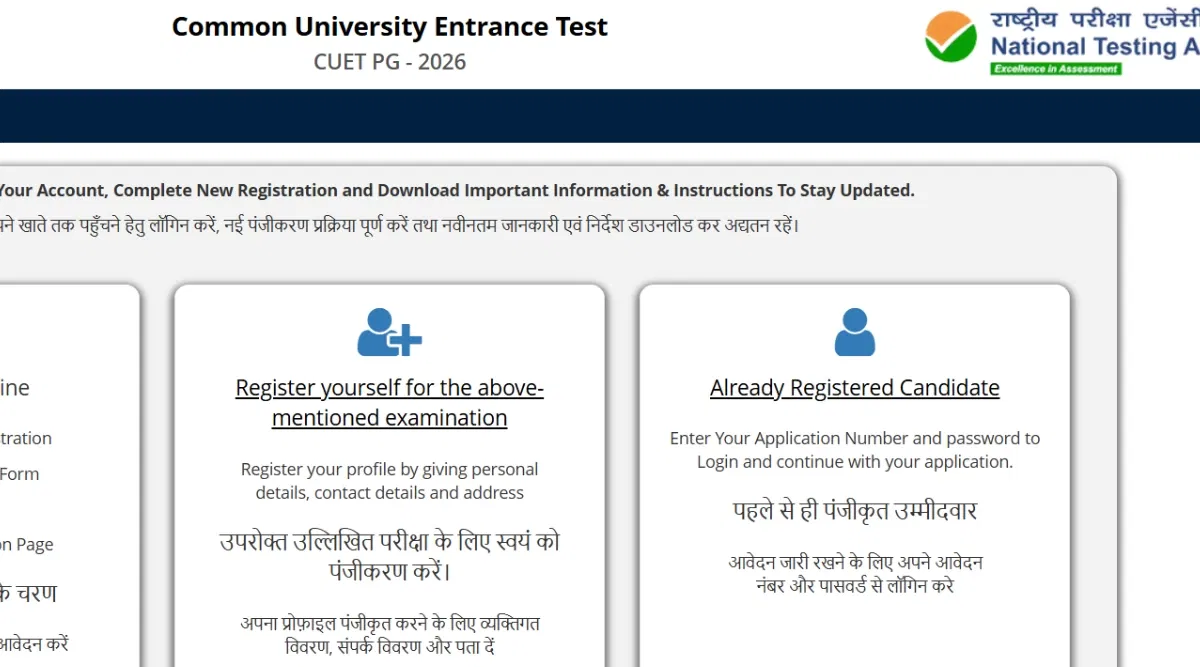
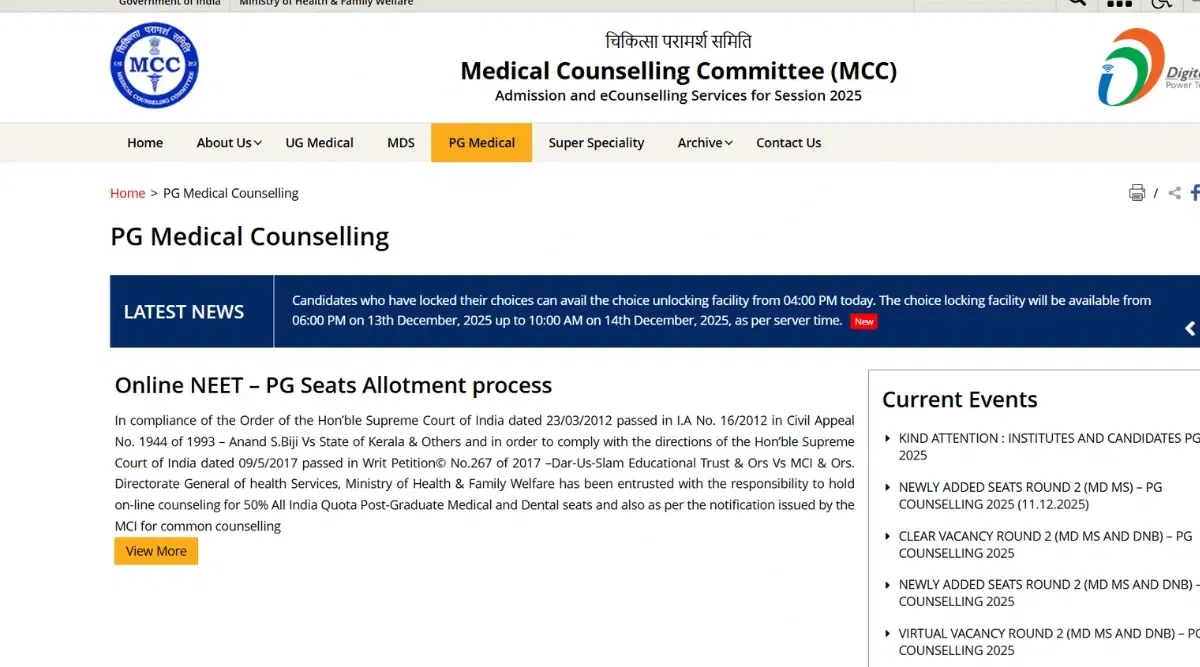

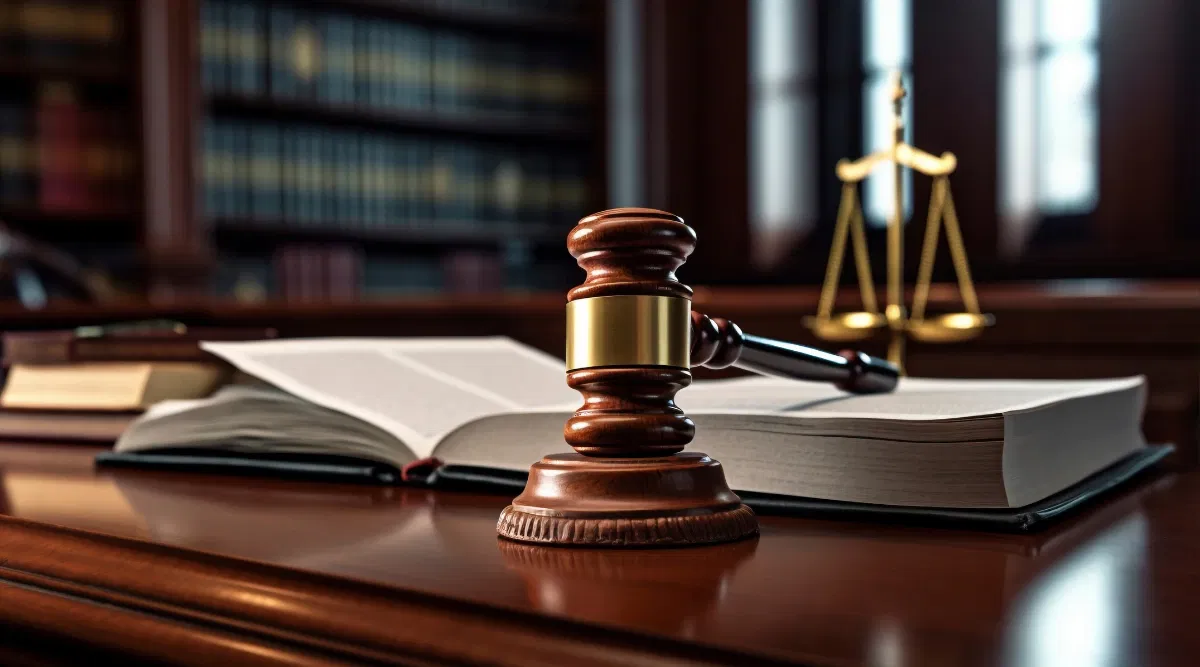
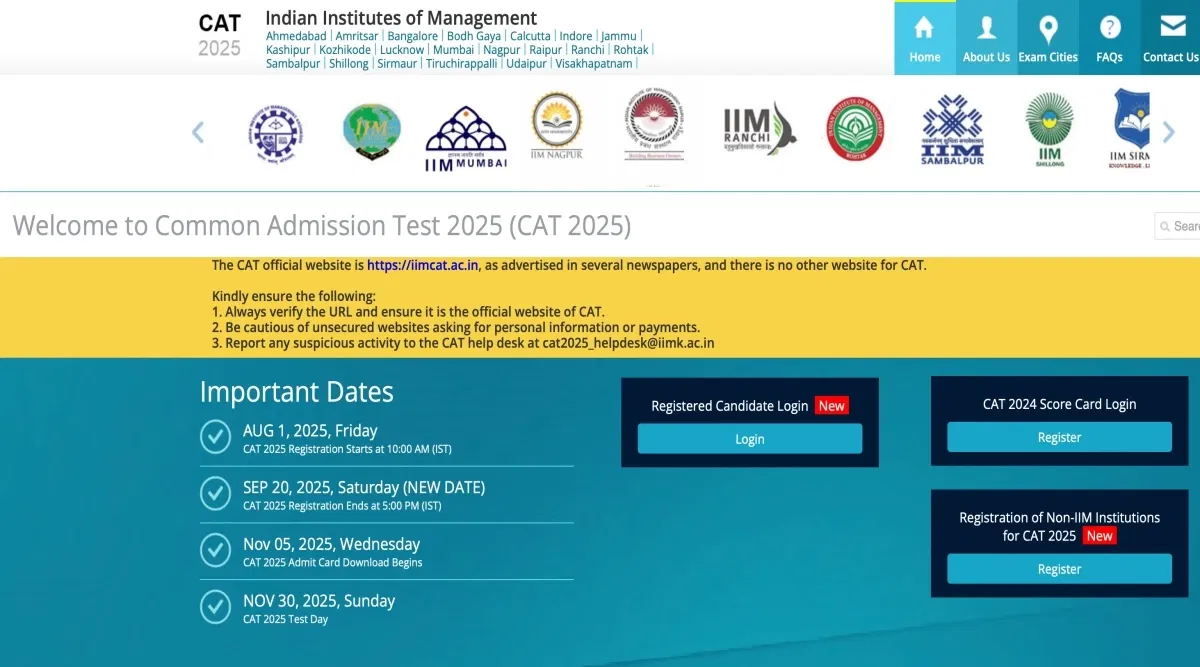



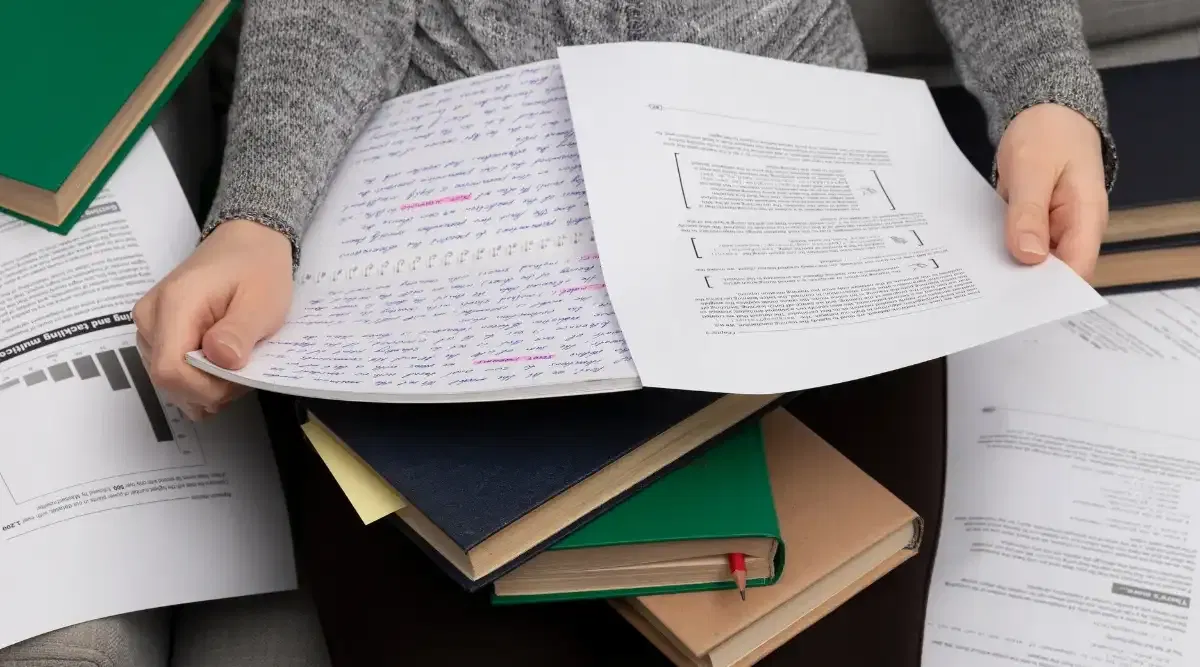

POST YOUR COMMENT